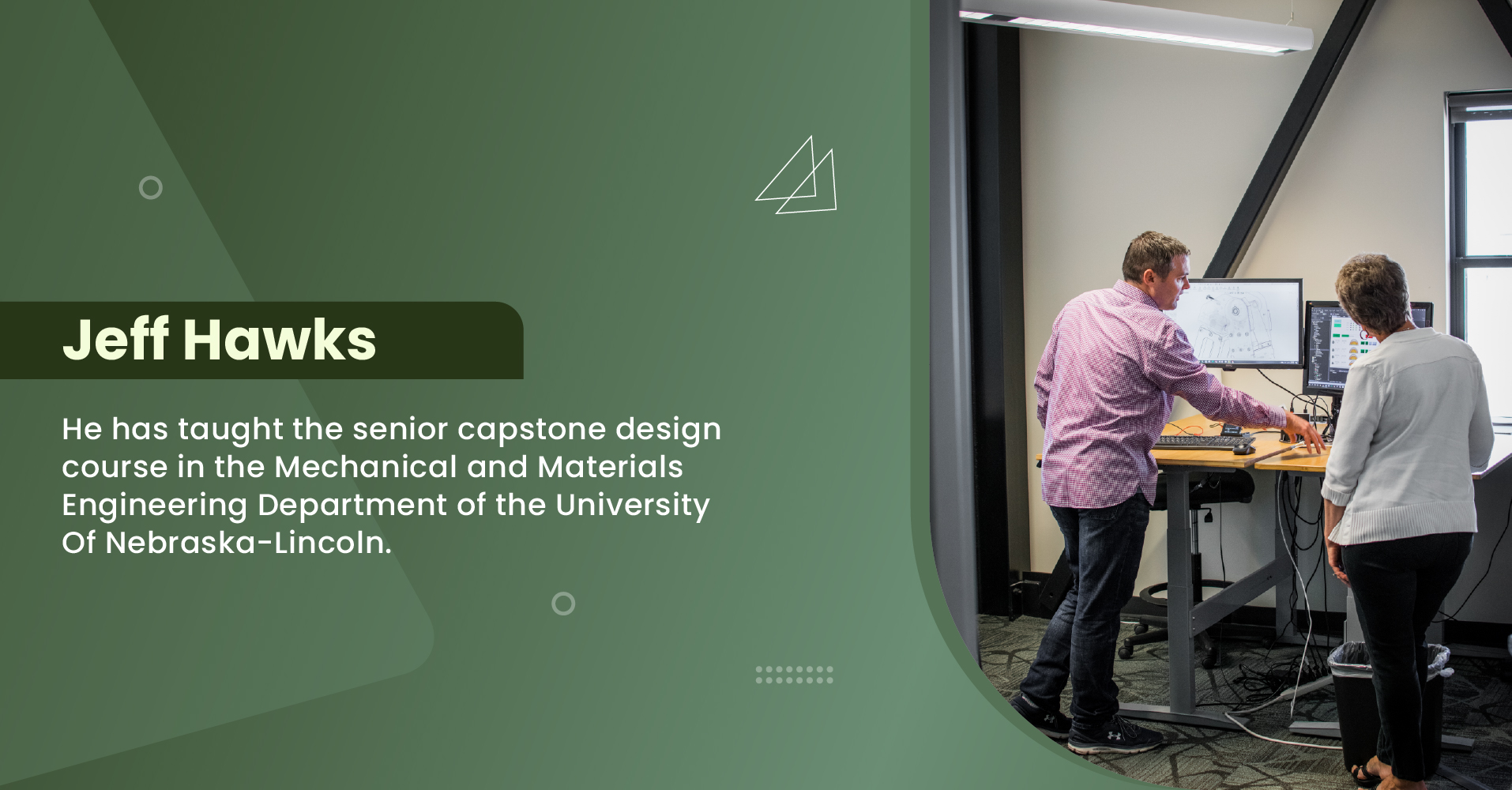
In an age where technological advancements are reshaping the landscape of human existence, the convergence of robotics and biomechanics stands as a testament to the limitless potential of human innovation. This fusion represents a paradigm shift, promising to revolutionize various facets of our lives, from healthcare to industry. As we delve deeper into the realms of robotics and biomechanics, it becomes evident that this synergy can empower humanity in previously unimaginable ways.
The Evolution of Robotics and Biomechanics
The origins of robotics can be traced back to ancient civilizations, where the concept of automated machinery first took root in the form of mechanical devices. However, in the 20th century, robotics began to flourish, driven by advancements in electronics, computing, and artificial intelligence. Today, robots are ubiquitous, permeating various industries and performing tasks ranging from assembly line operations to surgical procedures with precision and efficiency.
Biomechanics, on the other hand, is a relatively newer field that emerged from the intersection of biology, mechanics, and engineering. It focuses on understanding the mechanical principles governing the movement and structure of living organisms, including humans. By leveraging principles from physics, biology, and engineering, biomechanics seeks to unravel the mysteries of human motion and enhance performance in various domains, such as sports, rehabilitation, and ergonomics.
The Convergence
The synergy between robotics and biomechanics represents a convergence of two distinct yet complementary disciplines. By integrating robotic technologies with the principles of biomechanics, researchers, and engineers are unlocking new possibilities for enhancing human capabilities and improving quality of life. This convergence is evident in a myriad of applications, each poised to make a profound impact on society.
One such application is in medical robotics, where robotic-assisted surgeries are revolutionizing how we approach healthcare. By combining robotic precision with the anatomical insights biomechanics provides, surgeons can perform minimally invasive procedures with unprecedented accuracy, reducing patient recovery times and improving outcomes. From delicate neurosurgery to intricate cardiac procedures, the marriage of robotics and biomechanics is transforming the landscape of modern medicine.
Beyond the operating room, robotics and biomechanics are also reshaping how we interact with our environment. Exoskeletons, powered by advanced robotics and informed by biomechanical principles, promise to enhance mobility and strength for individuals with physical disabilities or age-related impairments. These wearable devices enable users to augment their abilities, whether walking with excellent stability or lifting heavy objects quickly, fostering greater independence and autonomy.
Looking Ahead
As we look to the future, the potential of robotics and biomechanics to empower humanity knows no bounds. From enhancing healthcare outcomes to revolutionizing industry and beyond, the synergy of these disciplines holds the key to solving some of the most pressing challenges facing our world today.
However, with this potential comes a responsibility to ensure these technologies are developed and deployed ethically and equitably. As we harness the power of robotics and biomechanics to empower humanity, we must remain vigilant against the risks of unintended consequences, such as job displacement or widening socioeconomic disparities. By approaching these challenges with foresight and empathy, we can ensure that all share the benefits of this revolutionary synergy.
The convergence of robotics and biomechanics represents a watershed moment in human history, offering unprecedented opportunities to empower humanity and shape a brighter future for future generations. By embracing this synergy and harnessing its transformative potential, we can unlock new possibilities for innovation, discovery, and human flourishing. Indeed, the future is ours to shape – let us seize it with courage, compassion, and creativity.
Empowering Humanity
In the realm of rehabilitation, robotic exoskeletons are enabling individuals with spinal cord injuries to regain mobility and independence. By providing support and assistance where needed most, these devices empower users to navigate the world on their terms, reclaiming a sense of agency and freedom that was once thought lost.
At its core, robotics and biomechanics synergy empowers humanity – enabling individuals to overcome limitations, fulfill their potential, and lead healthier, more fulfilling lives. By harnessing the power of technology to augment our innate capabilities, we can transcend barriers and unlock new frontiers of human achievement.
Similarly, collaborative robots, or “cobots,” are revolutionizing human-robot interaction in the workplace. Rather than replacing human workers, these cobots work alongside them, augmenting their capabilities and enhancing productivity. By automating repetitive tasks and handling dangerous or physically demanding work, cobots free human workers to focus on more meaningful and creative endeavors, fostering a symbiotic relationship between man and machine.